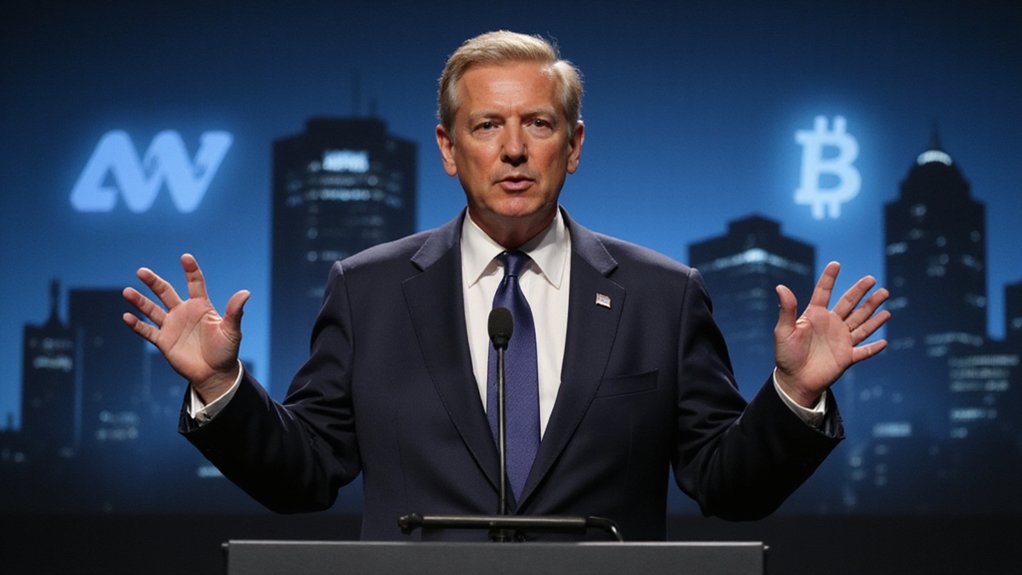The UK Treasury has launched on an ambitious cross-Atlantic partnership with its American counterpart, signaling a watershed moment for cryptocurrency regulation in two of the world’s most influential financial centers.
The collaboration, announced April 30, 2025, emerges as Chancellor Rachel Reeves revealed a sweeping draft legislation designed to transform the cryptoasset landscape in Britain—a move that financial markets had anticipated with characteristic mixture of optimism and skepticism.
This regulatory pas de deux between London and Washington represents the culmination of extensive discussions at the UK-US Financial Regulatory Working Group, where officials have labored to harmonize approaches to digital assets.
The timing couldn’t be more strategic; with the Trump administration’s pro-crypto stance providing fertile ground for regulatory innovation, and the UK’s post-Brexit flexibility allowing for nimble policy shifts.
The draft legislation, published May 1, 2025, targets firms offering Bitcoin and Ethereum services while amending the venerable Financial Services and Markets Act 2000—that stalwart of pre-blockchain financial governance—to ease restrictions on staking operations.
(One might observe that regulators have finally acknowledged what crypto enthusiasts have maintained for years: staking isn’t inherently the regulatory bogeyman it was once portrayed as.)
US Treasury Secretary Scott Bessent and SEC Commissioner Hester Peirce have emerged as key American architects of this transatlantic bridge, with their proposals finding receptive ears among UK policymakers keen to position Britain as a global cryptoasset hub.
The Financial Conduct Authority, meanwhile, finds itself tasked with translating lofty policy objectives into workable rulebooks.
For crypto businesses, the implications are substantial: simplified compliance frameworks, enhanced market access, and reduced regulatory fragmentation across two major jurisdictions. The regulation comes at a time when 12% of UK adults own cryptocurrencies, a significant increase from just 4% in 2021. The HM Treasury’s approach specifically excludes truly decentralized finance models from authorization requirements, recognizing the unique governance structures within the DeFi ecosystem.
The shift toward tangible utility over mere speculation is driving this regulatory evolution, as market dynamics continue to position Bitcoin and Ethereum at the center of the crypto landscape.
The final UK rules, expected in 2026, should provide the operational clarity that the sector has long craved.
This carefully choreographed regulatory convergence represents a calculated gambit to balance innovation with investor protection—a delicate equilibrium that has eluded policymakers on both sides of the Atlantic until now.









